Premium Only Content
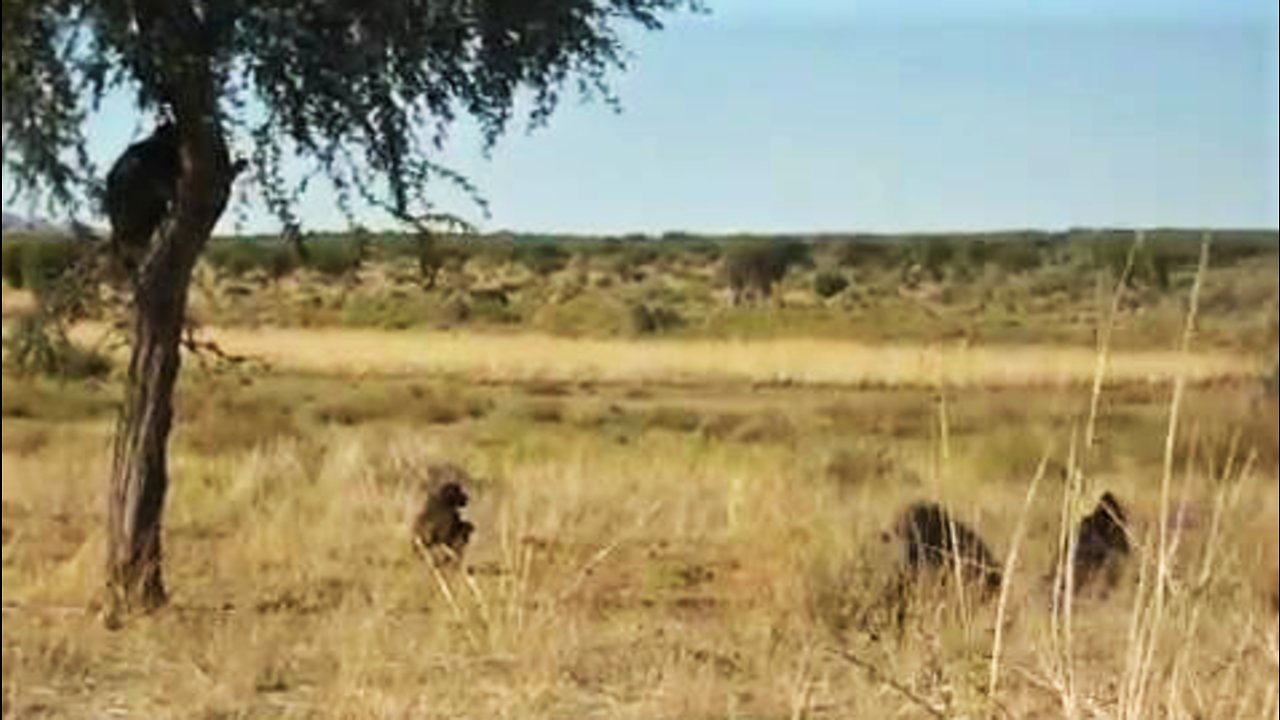
Orphaned baboons enjoy free time in the wild
These young baboons are all orphans. They lost their mothers and had to be rescued when they were just little babies, and now have to grow up at a wildlife sanctuary. They do live in enclosures, but because they need to exercise, they are taken on daily walks. During these walks they are completely free to explore the wild, run and play around, and they love it!
The Chacma Baboon (Papio ursinus), is one of the five species of baboons, along with the Yellow baboon (Papio cynocephalus), the Olive baboon (Papio anubis), the Guinea baboon (Papio papio), and the Hamadryas baboon (Papio hamadryas). With the exception of the Hamadryas Baboon, which also occurs in the southwestern tip of the Arabian Peninsula, they are all native to the African continent. The Chacma Baboon occurs all over southern Africa, up to the Zambezi valley, Caprivi, and southern Angola.
Two subspecies of Chacma Baboon are recognized: Papio ursinus griseipes, occuring in south-west Zambia, Botswana, Zimbabwe, and Mozambique; and Papio ursinus ursinus, occuring in all provinces of South Africa and throughout Namibia.
They have the need to drink water daily, making water a limiting factor for their range, but they occupy subdesert and steppes, savanna, all types of woodland, montane regions, Cape Fynbos and Succulent Karoo.
Chacma Baboons live in troops of usually 20 to 50 members, but up to 130 individuals have been recorded together. The troops contain adult males, females and the babies, and it has a complex social structure, and are ranked by dominance.
Baboons are omnivorous and opportunistic, which means that they eat a little bit of everything, and will take whatever they can get their hands on, even though they might show a preference for bulbs, shoots, roots, seeds, and fruits. They can also eat fungi, lichen, invertebrates, small vertebrates and, occasionally, even small antelopes, or lambs and small stock, in some ranching areas.
They are usually considered pests, for raiding crops and livestock, which makes people shoot and poison them. They are also hunted for bushmeat, captured for the pet trade and can be used for medical research, but victims of urbanization as well, getting hit by cars or electrocuted.
-
 0:43
0:43
NataliaCara
2 years agoIt's dinner time for this rescued immature Southern Elephant Seal
3611 -
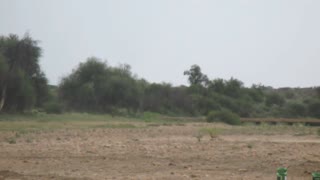 0:25
0:25
NataliaCara
6 years agoWild baboons try to run away from the rain!
1.01K2 -
 1:04
1:04
ViralHog
5 years ago $0.41 earnedBears Enjoy Spectacular Sunset Swim
8681 -
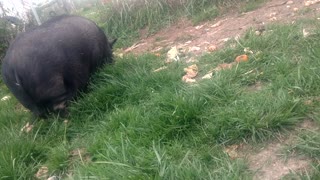 3:30
3:30
ViralHog
5 years ago $0.20 earnedRescued Pig and Macaque Enjoy Life
1.58K -
 0:52
0:52
ViralHog
5 years ago $2.66 earnedPair Of Bears Enjoy Bird Feeder
8.47K1 -
 1:18
1:18
WildCreatures
5 years ago $5.88 earnedMajestic & happy elephants enjoy swim in river
1.83K1 -
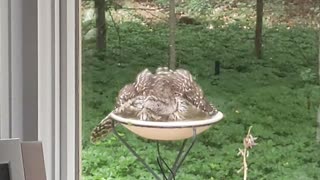 1:39
1:39
ViralHog
5 years ago $0.03 earnedPair of Owls Enjoy Bird Friendly Backyard
2122 -
 0:12
0:12
mistarumble
6 years agobear enjoy the cold in ice town
4 -
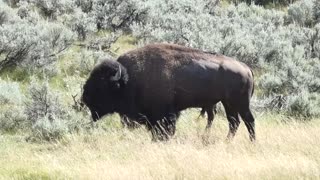 0:36
0:36
ViralHog
5 years ago $0.01 earnedWild Buffalo in Wyoming
106 -
 1:10
1:10
ViralHog
5 years agoWild Fox Loves Tortillas
76